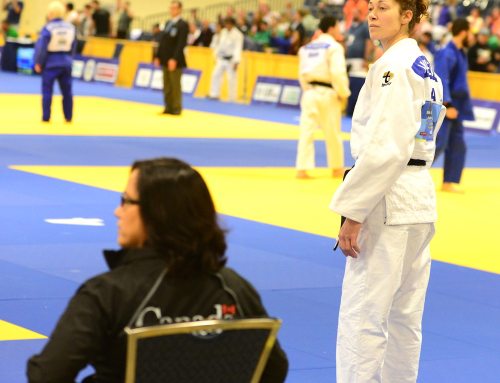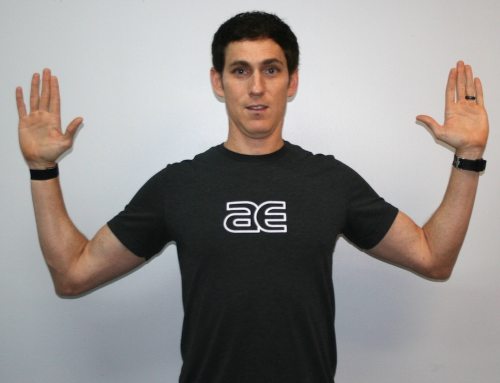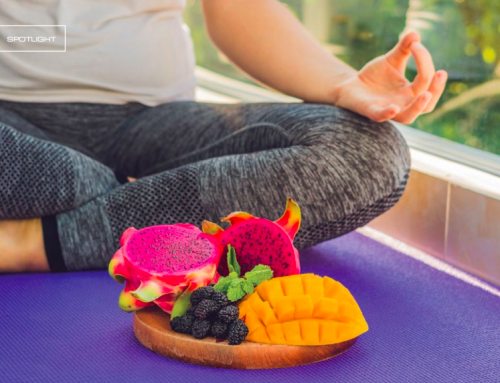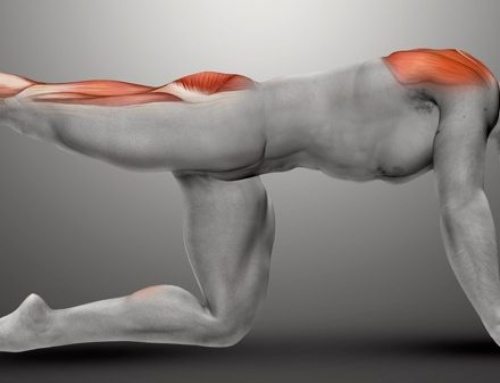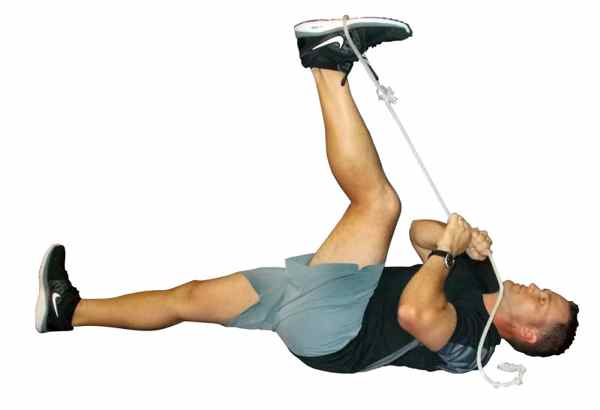
Brian Schiff, PT, OCS, CSCS
Completing a marathon is an amazing accomplishment. It marks the end of many weeks of training and pushes the body to its mental and physical limits. Running 26.2 miles takes a toll on the body whether you are a rookie marathoner or a seasoned veteran. Whether or not you make your goal time, one thing is certain: You need to plan your recovery.
The initial phase of recovery involves acute care for the body. Immediately following the race, you should rehydrate, take in healthy food, and put on clean, dry clothes. Performing some gentle stretching may also be helpful. In the hours that follow, stiffness and delayed-onset muscle soreness will increase.
Cleaning up after the race is a good way to rejuvenate the body. Some even prefer to take a cold bath or shower, but this takes some intestinal fortitude if you have not tried it before. Getting plenty of rest and sleep is critical to fully recovering from the event. While you may be tempted to hit the couch and not move for a few days, I would advise against shutting it down completely, as moving and light activity will aid the recovery process.
Keep in mind that muscle soreness is just part of the equation. It may take five to seven days for it to completely resolve. To foster a speedier recovery and restore homeostasis in the body, I suggest following these strategies in the days that follow the race:
- Take at least one week off from running
- Consider getting a massage to help reduce muscle soreness
- Perform light cross-training activities such as biking, swimming, or walking to promote increased blood flow and flush toxins out of the soft tissue
- Use a foam roller or stick to assist with soft tissue mobilization and follow that with static stretching
The following stretches are effective for reducing stiffness and soreness following the race:
- Standing step stretch – Place the ball of the foot on a low step and lean forward. Perform with a bent and straight knee, holding for 20-30 seconds.
- Lying hamstrings rope stretch – Lying on your back, push one leg down into the floor while pulling the other leg up and keeping the quadriceps tight. Hold for two seconds and repeat 10 times with a straight and bent knee.
- Side lying quadriceps rope stretch – Lie on one side and pull the top foot back toward the gluts while actively bending the knee. Keep the hip in a neutral position. Hold for two seconds and repeat 10 times.
- Pigeon stretch – Bend the front leg 90 degrees while externally rotating the hip. The rear leg is extended behind the body. Gently lean forward until a stretch is felt in the gluts of the forward leg. Hold 20-30 seconds and repeat twice.
Doing these once or twice per day will aid in your post-marathon recovery.
# # #
Brian Schiff, PT, OCS, CSCS, is a sports physical therapist and supervisor at the Athletic Performance Center in Raleigh. The APC in Raleigh and Cary currently offer a RunSmart Assessment available in group and individual formats. For more information, visit www.apcraleigh.com or www.apccary.com.


